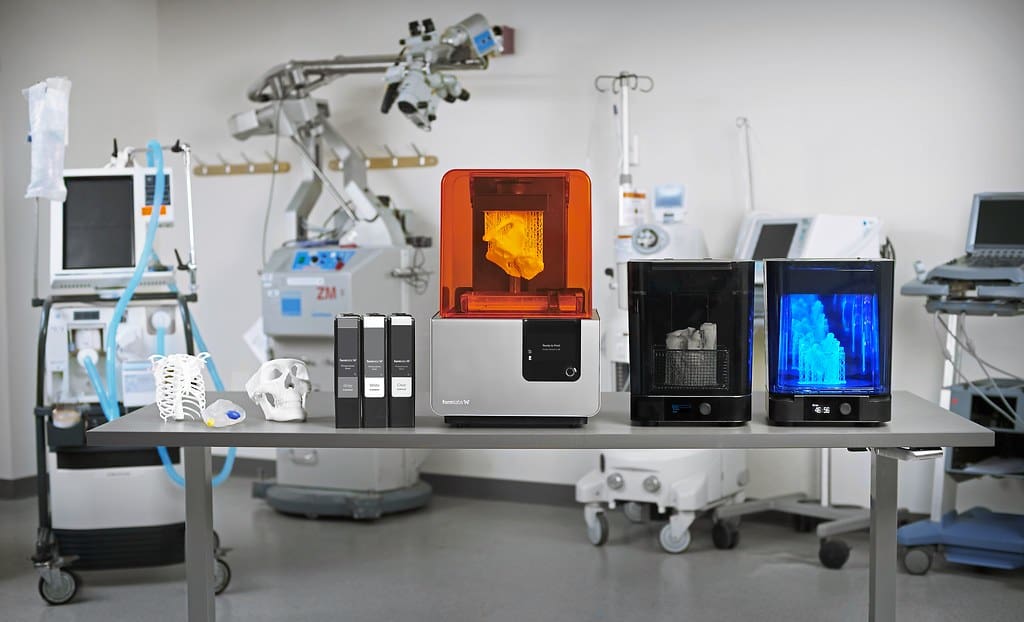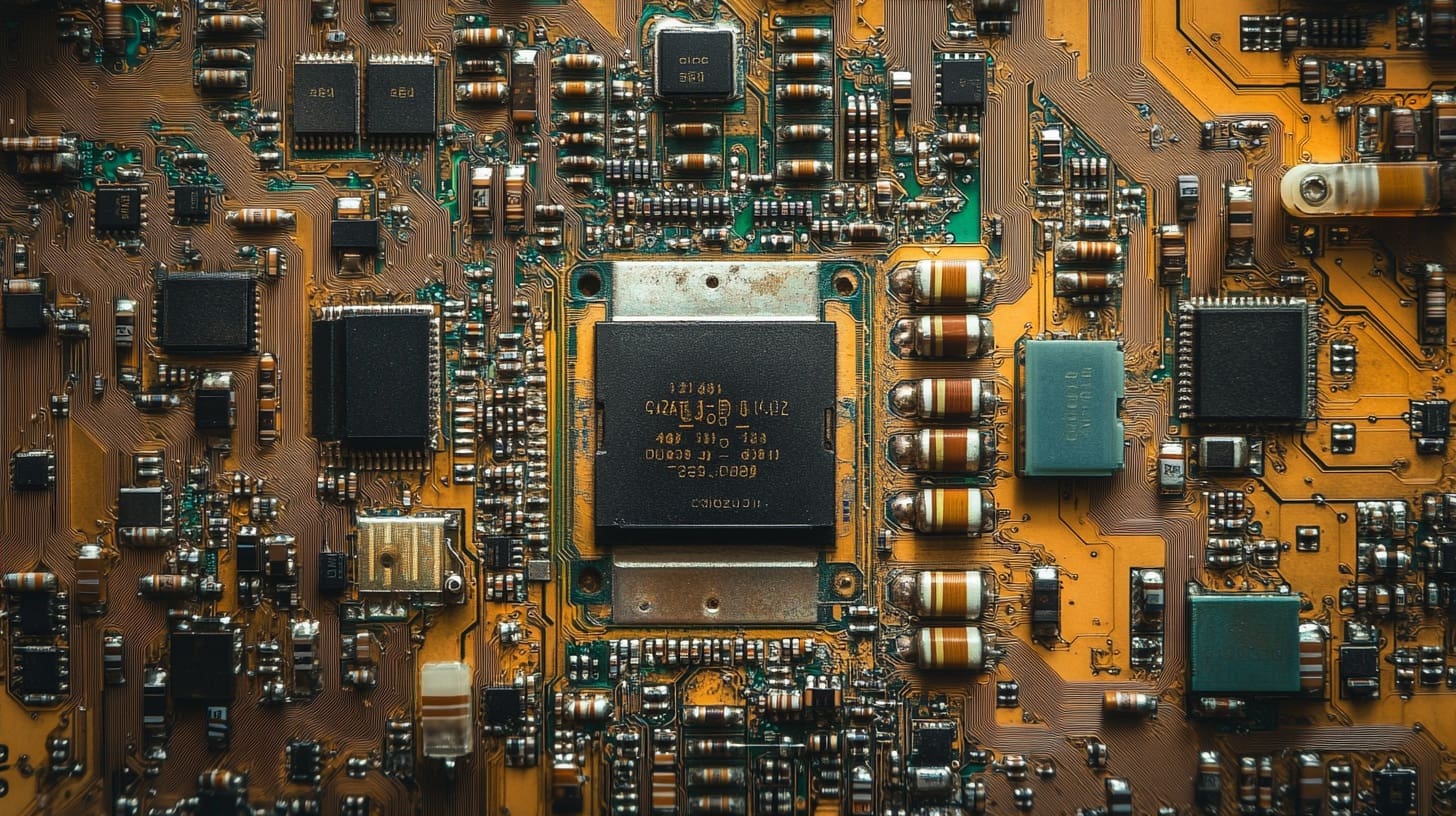Manufacturing engineering, a discipline integral to the design, optimization, and operation of manufacturing systems, is undergoing a significant transformation with the adoption of 3D printing technology. This innovative manufacturing method, also known as additive manufacturing, allows for direct construction of complex components from digital designs, fundamentally altering traditional production processes. As 3D printing technology matures, it is becoming increasingly prevalent in manufacturing, offering significant advantages over conventional methods in terms of customization, efficiency, and waste reduction.
The Emergence of 3D Printing in Manufacturing Engineering
Initially popularized for its rapid prototyping capabilities, 3D printing has evolved to support the production of end-use products across various sectors, including automotive, aerospace, and medical devices. This shift from prototyping to production is driven by advancements in printer technologies, materials science, and digital modeling tools, enabling 3D printing to meet or exceed the performance and cost requirements of traditional manufacturing methods.

Advantages of 3D Printing in Manufacturing Engineering
Enhanced Design Flexibility: 3D printing allows for the creation of parts with complex geometries that are often impossible to manufacture through conventional processes. This flexibility opens up new avenues for product design and innovation, particularly in developing components with integrated functionality or complex internal structures.
Reduced Time to Market: The ability to move directly from digital models to physical parts without the need for tooling reduces lead times significantly. This acceleration of the design and production process enables companies to respond more quickly to market demands and changes.
Increased Material Efficiency: 3D printing is an additive process, meaning that material is only deposited where it is needed. This approach results in minimal waste compared to subtractive manufacturing techniques, which is beneficial from both an economic and environmental perspective.
Customization and Scalability: 3D printing excels in environments where high levels of customization are required. It allows for the economic production of small batches of parts tailored to specific needs or customer requirements without significant additional costs.
Key Applications of 3D Printing in Manufacturing Engineering
Automotive Industry: In automotive manufacturing, 3D printing is used to produce lightweight components that improve vehicle performance and fuel efficiency. It also allows for the creation of complex parts that consolidate multiple components into single assemblies, reducing the complexity and weight of the final product.
Aerospace Sector: Aerospace manufacturers utilize 3D printing to fabricate parts that must withstand extreme conditions while minimizing weight. The ability to produce lightweight, strong structures is particularly advantageous for aircraft and spacecraft components.
Medical Devices: 3D printing has revolutionized the production of customized medical implants and prosthetics, as well as surgical instruments. The technology’s capacity for customization enhances patient outcomes by providing devices that are specifically tailored to individual anatomical requirements.
Consumer Products: From custom jewelry and fashion accessories to home decor and electronics, 3D printing allows consumer product companies to experiment with novel designs and offer personalized products directly to consumers.

Challenges in 3D Printing for Manufacturing Engineering
Despite the substantial benefits, several challenges need to be addressed to fully integrate 3D printing into manufacturing engineering:
Material Limitations: The range of materials available for 3D printing, while growing, still does not match the diversity and performance specifications available through traditional manufacturing methods. Developing new materials that meet these rigorous standards is crucial.
Production Speed: Although 3D printing is ideal for prototyping and small production runs, the printing speed and the scalability of processes for high-volume manufacturing still lag behind traditional methods.
Quality and Consistency: Ensuring consistent quality and mechanical properties across 3D-printed parts remains a challenge. This is particularly critical in industries requiring high reliability, such as automotive and aerospace.
Regulatory and Certification Hurdles: Navigating the regulatory landscape for 3D-printed products can be complex, especially in highly regulated industries like aerospace and medical devices. Standardization and certification of 3D printing processes and materials are ongoing areas of development.
Future Directions in 3D Printing for Manufacturing Engineering
The future of 3D printing in manufacturing engineering is promising, with ongoing advancements likely to overcome existing barriers. Innovations in printer technology, materials science, and digital design are expected to continue, expanding the capabilities and applications of 3D printing in manufacturing. As these developments unfold, 3D printing is anticipated to become an increasingly integral part of modern manufacturing landscapes, further driving efficiencies and enabling new product innovations.
3D printing is poised to continue reshaping the landscape of manufacturing engineering, offering a range of benefits from design flexibility to material efficiency. As the technology progresses, it holds the potential to revolutionize how products are designed, developed, and delivered, marking a significant shift towards more agile, efficient, and customized manufacturing processes.








